Successful Conclusion of the 13th Roundtable Meeting of the High-Efficiency HJT 760 W+ Club: HJT Alliance in Motion: 760W Club Powers Onward
On June 26th, the 13th roundtable of the High-Efficiency HJT 760W+ Club (hereinafter referred to as “the Club”) was successfully held in Jiangyin, Jiangsu Province. CNBM Jetion Solar, the rotating chair, organized the meeting. Twelve leading HJT companies participated, including Huasun, Mingyang, Quanwei, SPIC New Energy, Grand Sunergy Technology, Golden Solar, Jiangsu Soltrend, Leascend Photovoltaic, Shanghai Hency Solar Technology, CNBM Jetion Solar, Zhejiang Winhitech New Energy, and SoleFiori (in alphabetical order). The event also invited experts from China Testing & Certification International Group (CTC), Enam Optoelectronic Material Co. Ltd. (Enam), and SOLARZOOM.
Themed “HJT Alliance in Motion: 760W Club Powers Onward,” the event focused on HJT’s future and development and explored the key path of high efficiency and cost reduction. Attendees also discussed how to deepen industry synergy, establish open and win-win ecosystems, upgrade structure with technical discipline, and promote high-quality and sustainable industrial growth.
Wang Hailin, Chief Economist of China Triumph International Engineering and General Manager of CNBM Jetion Solar, delivered opening remarks. He welcomed the Club’s return to Jiangyin on the first anniversary of CNBM Jetion Solar joining the Club. The global energy transition is accelerating, giving the PV sector a critical mission but also posing challenges from overcapacity and market volatility. The way to solve the problem lies in innovation, especially HJT technology, which will become a key force to lead the industry development. He urged all companies to boost industry chain collaboration, establish an open and win-win ecosystem, improve industry self-regulation, break through efficiency bottlenecks, and jointly promote the industry to move towards a new stage of high-quality and sustainable development.
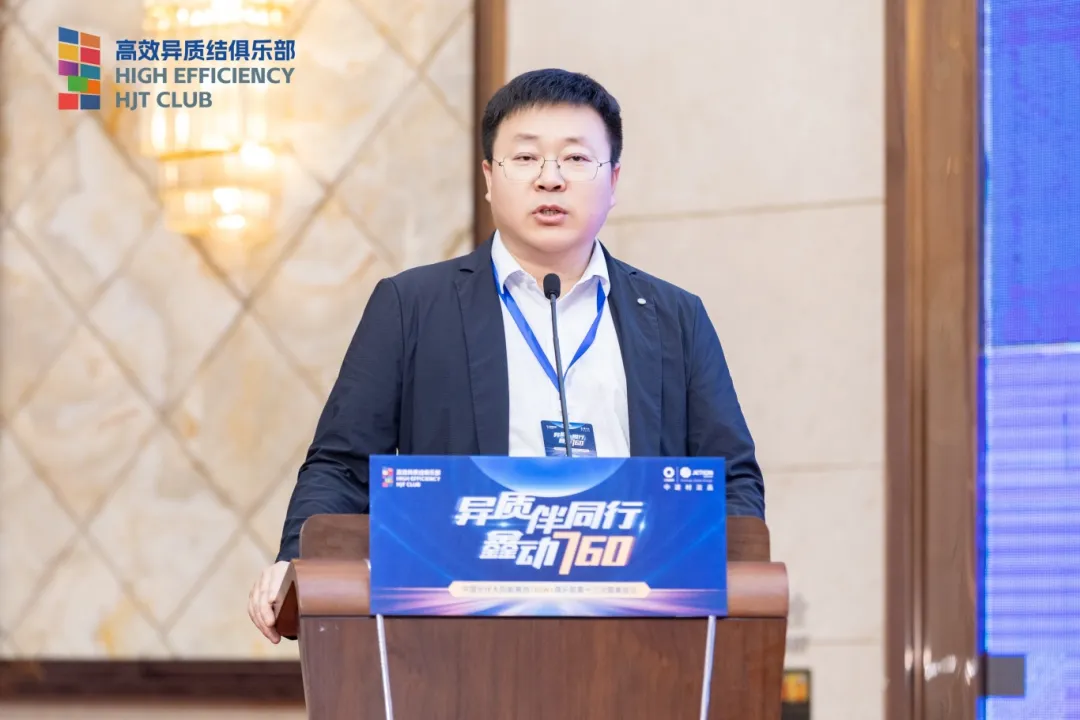
Sun Tao, Deputy General Manager of CNBM Jetion Solar, moderated the meeting and introduced participating leaders and special guests.
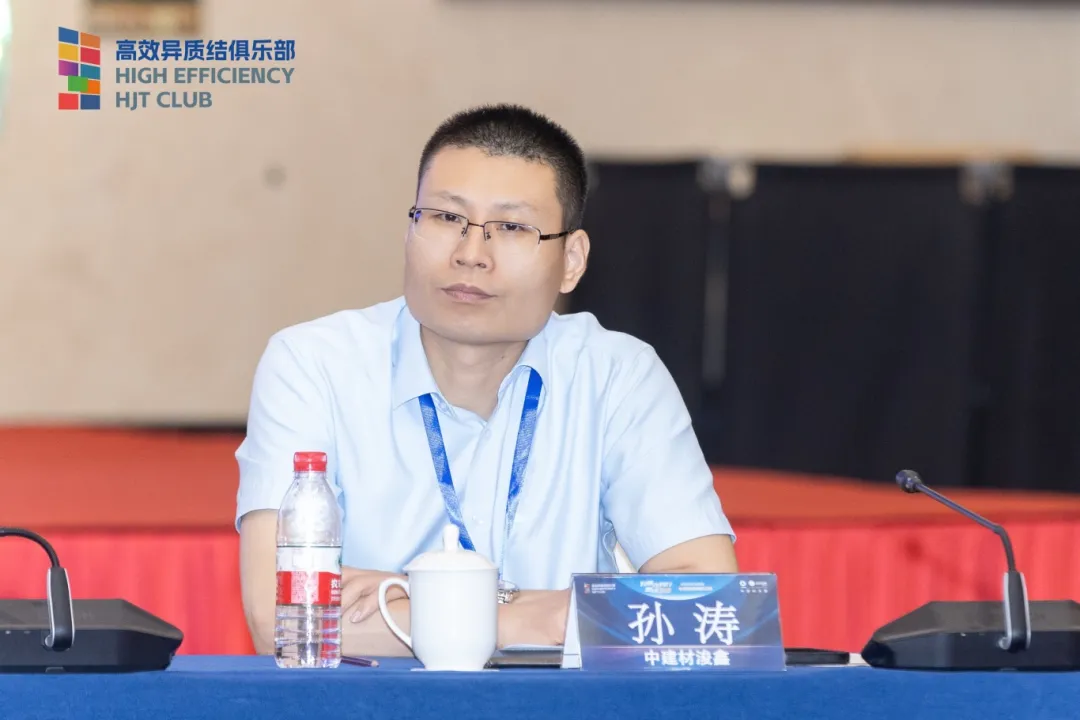
Dr. Guo Wanwu, Deputy General Manager and CTO of CNBM Jetion Solar, delivered a presentation on “Empowering HJT: Key Performance and Technical Insights.” He outlined the company’s full-chain innovation achievements in HJT R&D and mass production. CNBM Jetion Solar has stably achieved an average mass production conversion efficiency of 26.3%, peaking at 26.5%, with a yield rate exceeding 99%.
Guo analyzed the HJT technology, focusing on the cell’s core performance, innovation in light-converting film encapsulation, and scenario-based application. In the special performance of HJT production, he highlighted the silicon-based thin-film deposition and the relevance between post-processing technology and end-use performance. The presentation offered possible control solutions for the production line and improved the production reliability through analyzing the technology parameters and discussing the way to optimize the process. Based on the enterprise practice, he provided a forward-looking strategy.
He also revealed new industry data. As of June 2025, club members had significantly reduced labor, electricity, water, and gas consumption compared to the previous year. It underscores HJT’s cost-reduction potential under industrial scaling and rapid technological iteration.
Guo concluded by calling for stronger knowledge-sharing and resource integration across the sector. The industry should advance into the new stage of higher efficiency, lower cost, and greater market competitiveness through synergy and innovation. HJT companies should promote tech innovation and sustainable development of the PV industry.
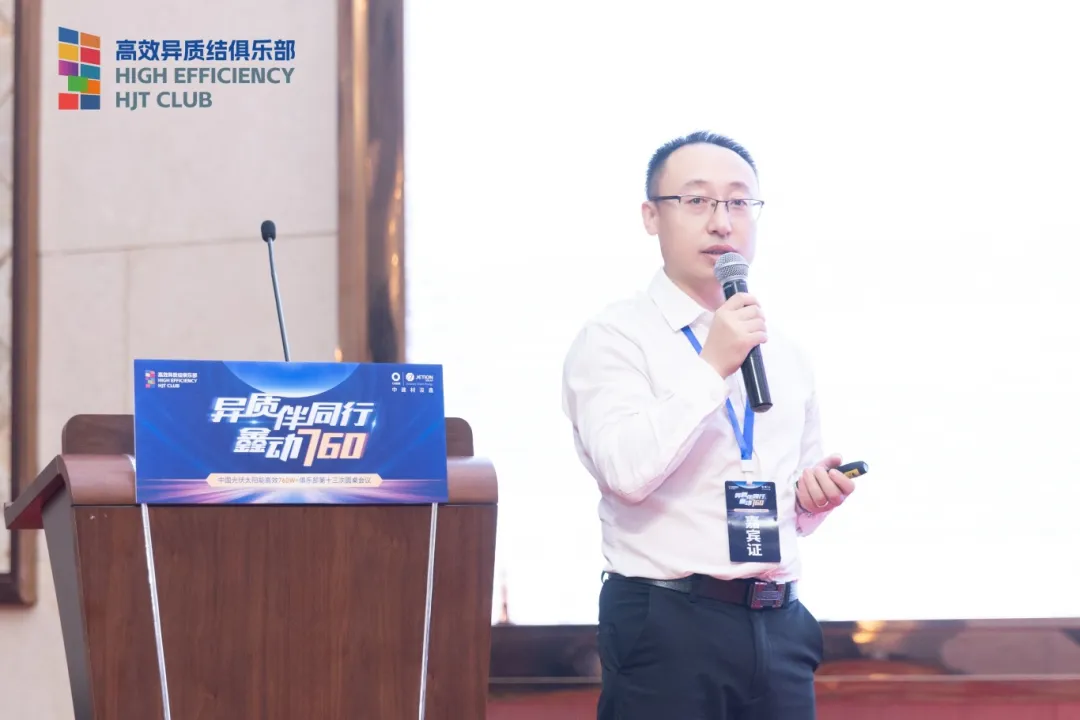
Hu Xiaoyang, Deputy Director of the National PV Product Quality Supervision and Inspection Center under CTC, shared a report, “Multi-Scenario Field Validation under Representative Climates Boosts HJT Module Development.” He showed the stable performance of HJT modules under extreme conditions such as high heat, humidity, UV radiation, frost, and dry dusty environments, according to the long-term data from CTC’s sites in Hainan, Mohe, and the newly launched Turpan base. It supports the reliability of HJT technology in diverse applications.
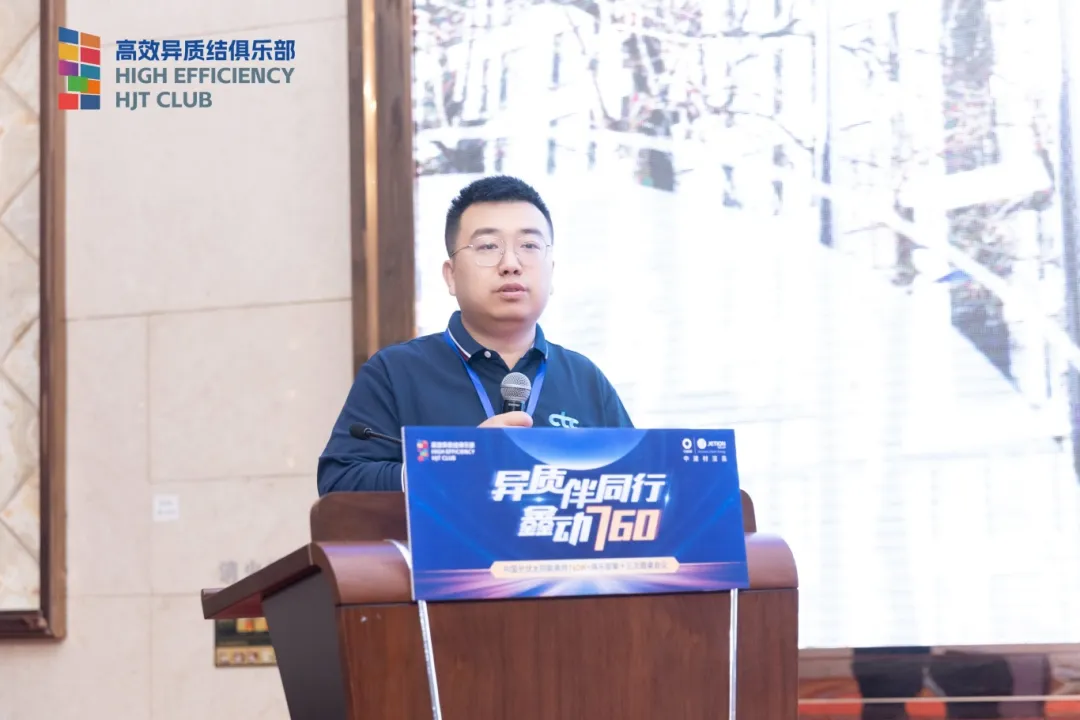
Large-scale HJT technology application requires both empirical verification of end-use performance and tech breakthroughs in upstream core materials. Chen Mingfei, Technical Director at Enam, delivered a presentation, “Specialized TCO Targets for HJT Back Sides.” He described how TCO enables “light in, power out” and explained its core functional mechanisms from a materials science and semiconductor physics perspective, offering guidance for target material selection and coating process optimization.
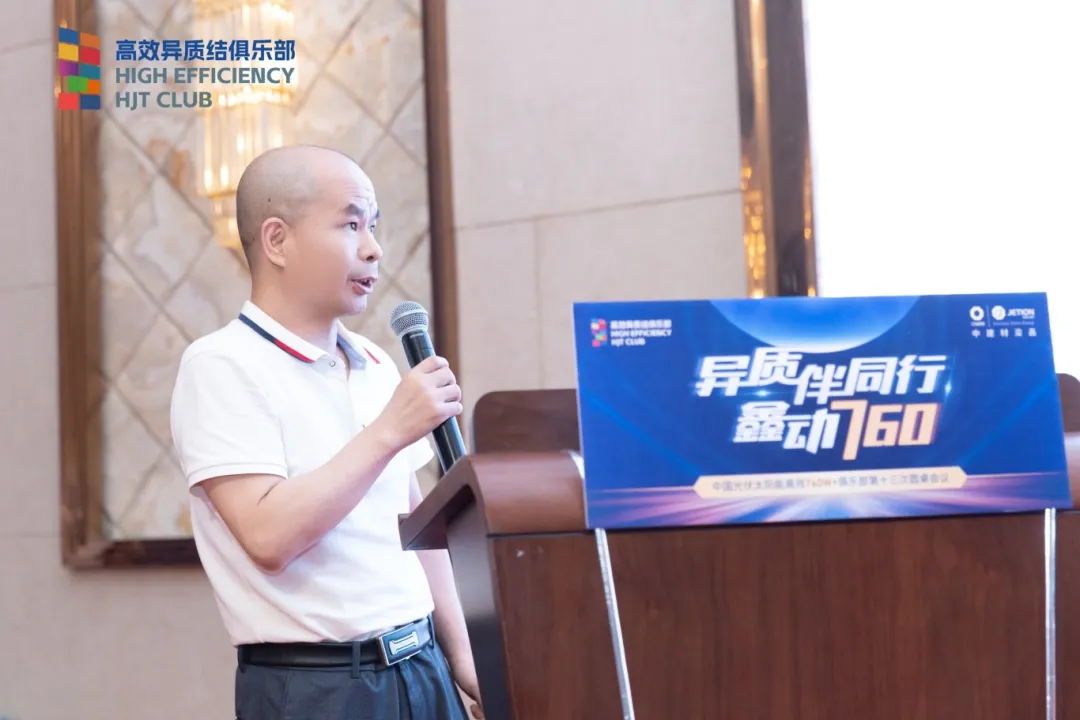
Dr. Yang Su, Senior Strategy Manager at Huasun, analyzed the advantage of using base metals in HJT products with record-high silver prices. Silver prices have recently continued to reach all-time peaks, and paste costs in solar cells are growing. Copper substitution is becoming a mainstream cost-cutting strategy. He emphasized that HJT technology has inherent compatibility with copper. Huasun has achieved mass production using paste with 15% silver content and demonstrated early mass production potential for 10% silver-coated copper paste. Verified tests show consistent power gains from these lower-cost materials. It not only improves efficiency but also significantly reduces costs, providing strong support for the large-scale commercialization of HJT technology.
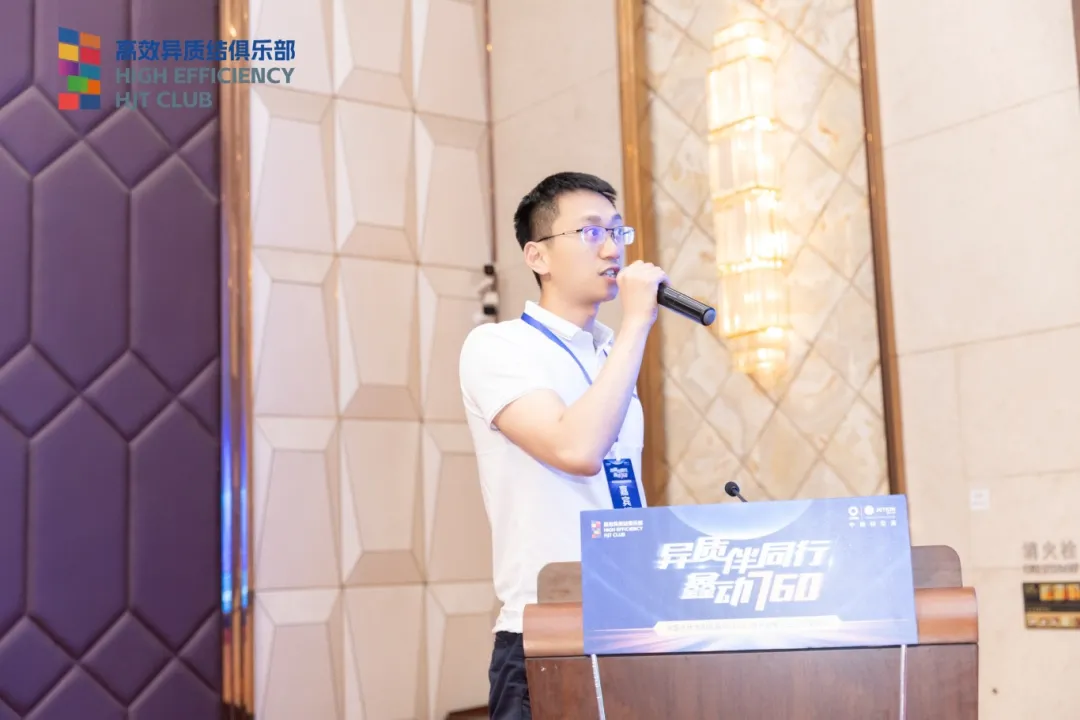
Exploring the Path of Efficiency and Cost Reduction from the Material and Equipment
Dr. Guo detailed the company’s practices and innovation in cost control and efficiency gains. CNBM Jetion Solar promoted large-scale application of large-size wafers, introduced high-mobility targets, and explored low-indium or indium-free alternatives. It also implemented low-silver paste with full-opening screen printing, cutting metallization costs significantly.
Guo called on club members to deepen collaboration on core materials and manufacturing processes and overcome technical bottlenecks together. He urged joint R&D and improved reliability and stability through joint tests and data sharing, building a complete industry ecosystem to accelerate commercialization and high-quality development of HJT technology.
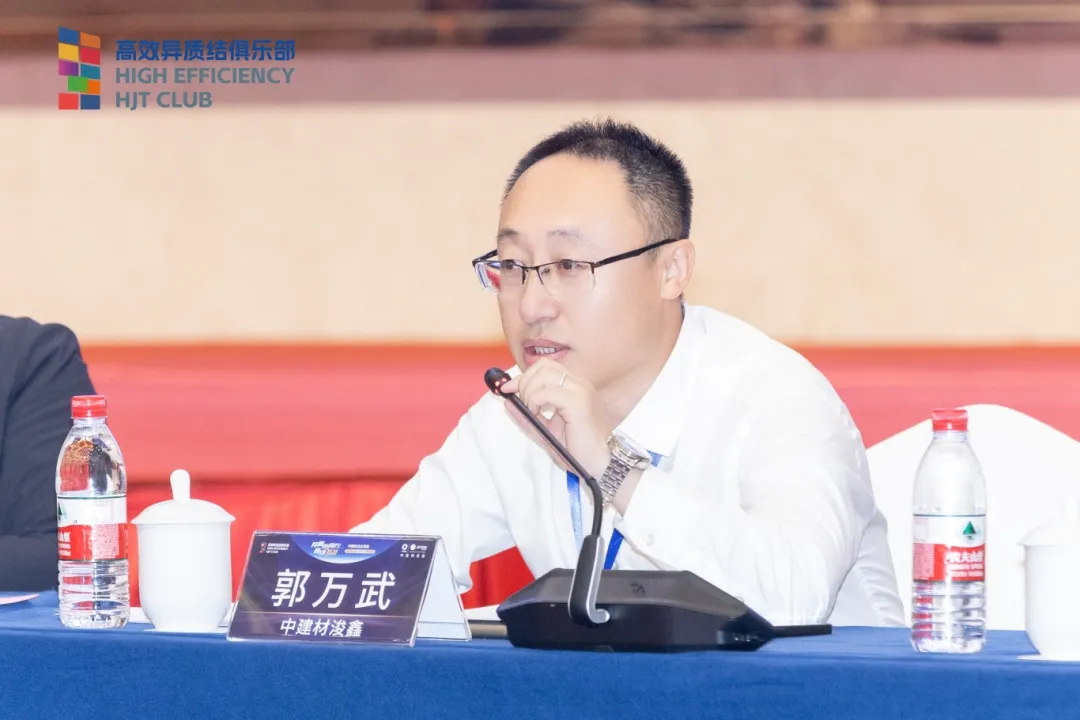
Xu Yue, head of supply chain at Huasun, stressed the importance of commercial strategies in cost optimization. He proposed using collaboration and procurement of the supply chain to lower the cost of the key cell materials. Processing fees have already exceeded raw silver costs because of the introduction of low-silver pastes, especially in high-value items like silver paste. The reduction in processing fees is limited. The scale effect of centralized purchasing could yield more competitive supply conditions, boosting the overall efficiency of the supply chain.
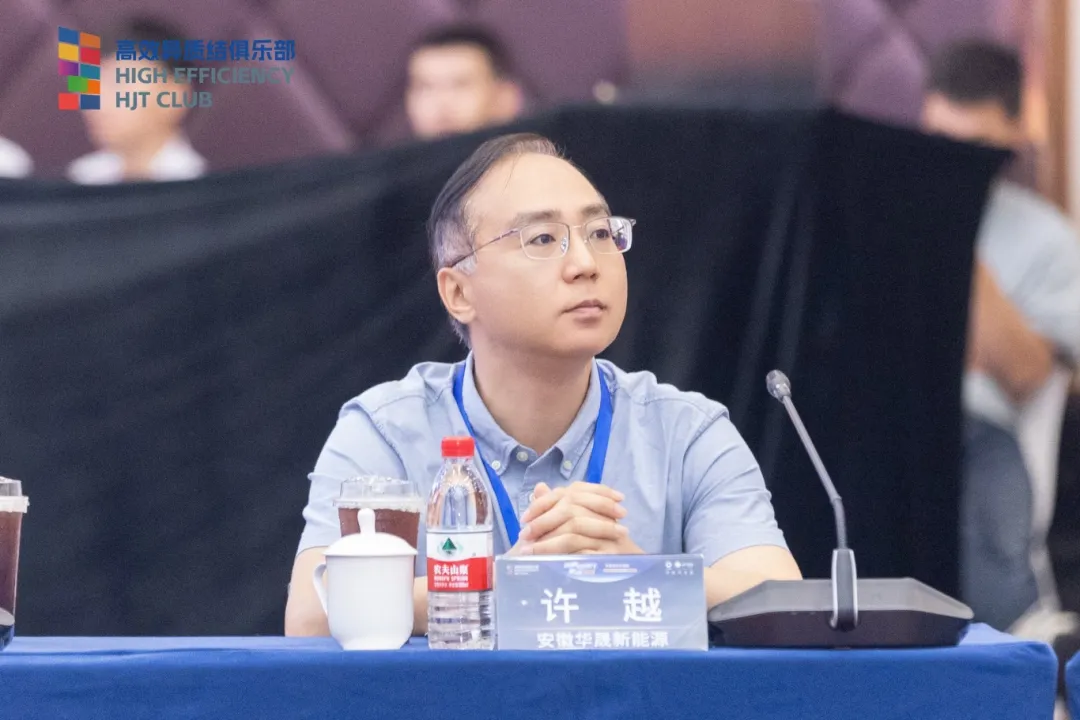
Wang Wei, CTO at SPIC New Energy, said silver content has dropped to 10% or lower, but actually silver-coated copper remains a transitional solution. In the future, copper paste offers greater potential to replace silver partly or entirely. Facing industry challenges, he called for a return to the beginning and collaboration of innovation and development.
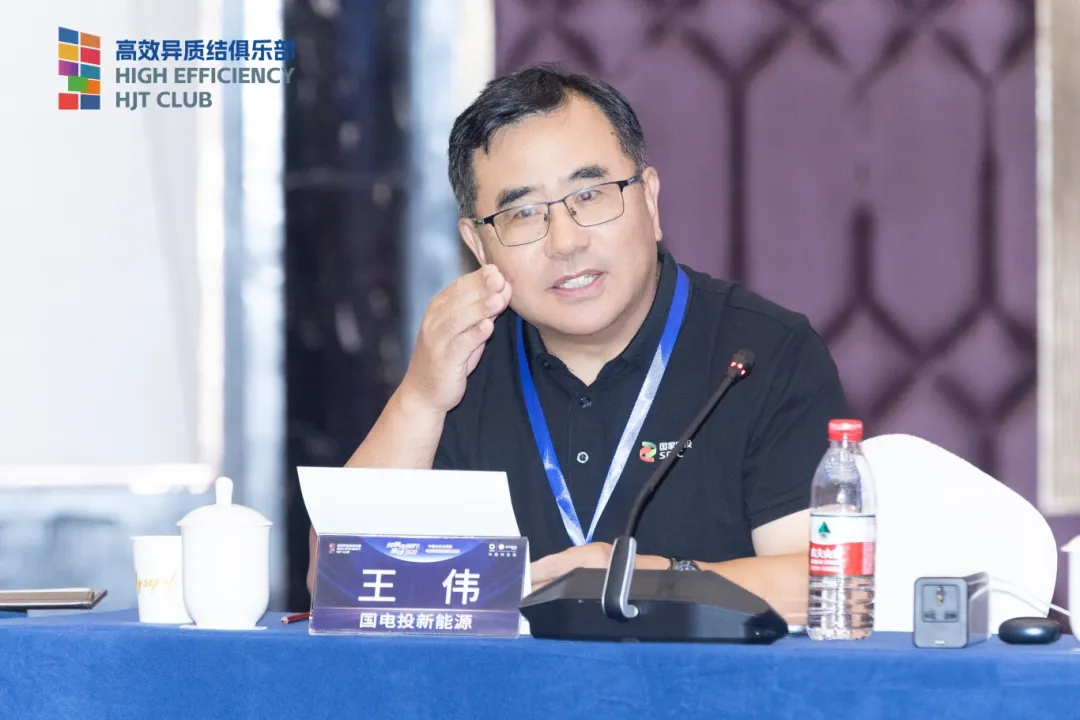
Liu Chang, founder of SOLARZOOM and Executive Secretary-General of the Club, said the government has set June 1, 2025, as the policy cutoff date for stock and incremental projects. He called for a clear message to the market and investors: HJT remains the most promising technology route and deserves industry-wide investment. This is not only a pivotal time for technical decisions but also a critical moment for the industry’s overall transformation and seeking breakthroughs.
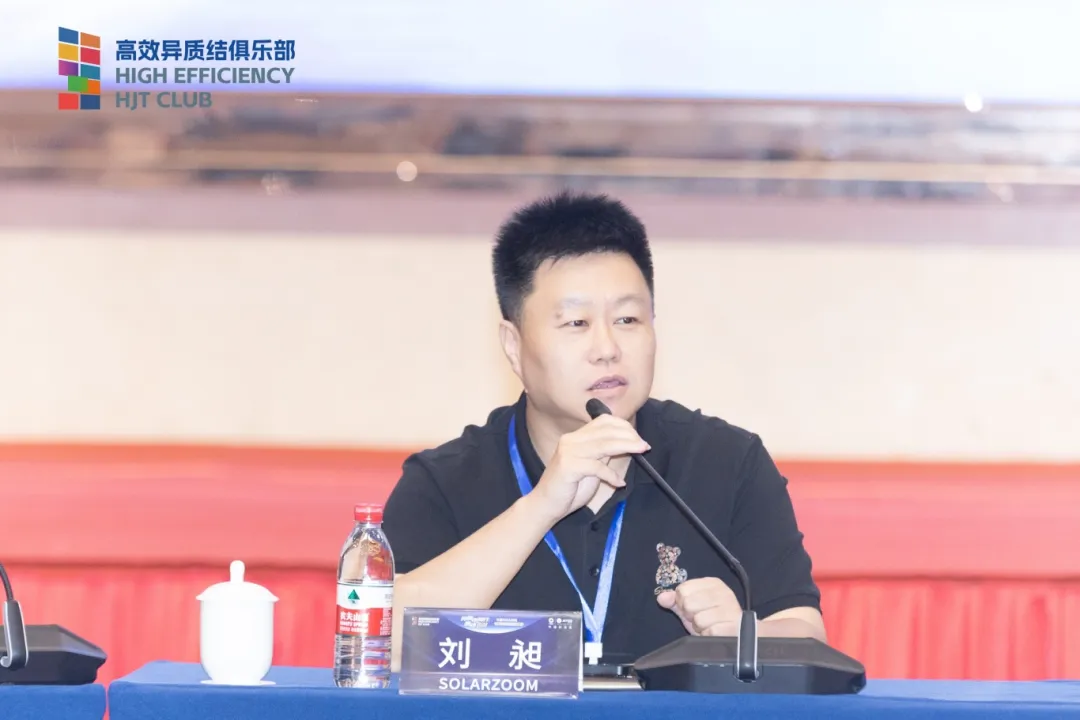
Wang Jilei, Deputy General Manager of Jiangsu Soltrend, said the industry should fully leverage HJT advantages. These include accelerating the adoption of 10% silver-content copper paste to form the real advantages of costs and performance in metallization. HJT’s excellent bifaciality has a competitive edge in ground-mount solar projects. HJT shows potential in diverse applications according to empirical data and Huasun’s vertical module design.
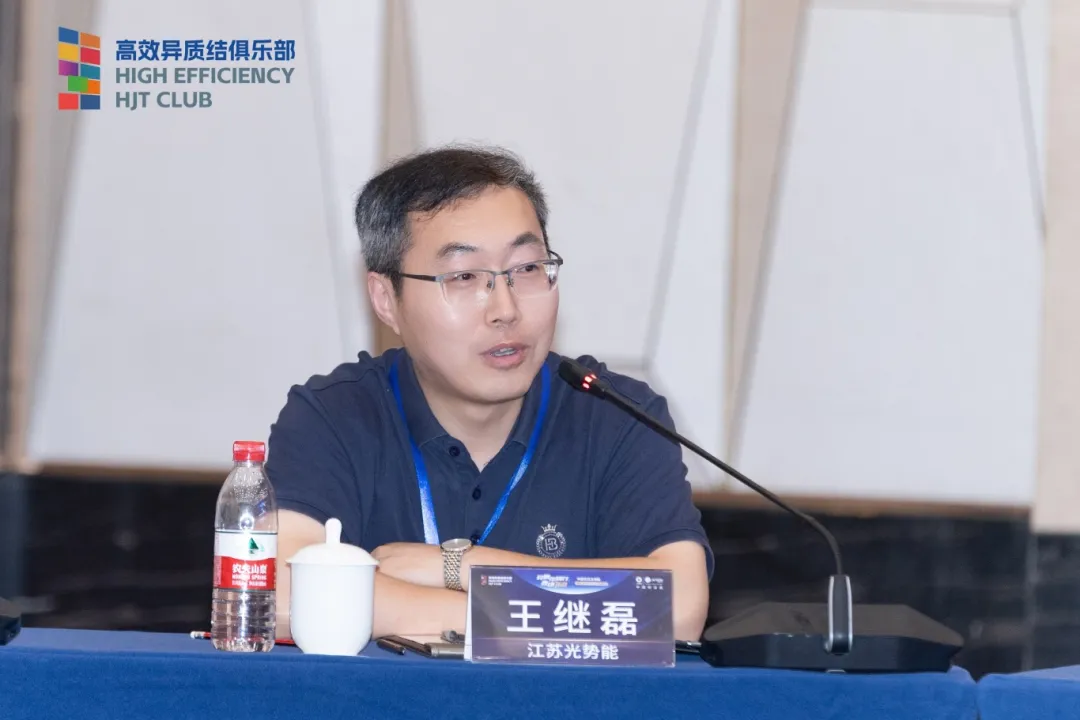
Zhang Wenbin, CTO and Executive Director at the research institute of Grand Sunergy Technology, said efficiency improvements of HJT cells should consider techno-economic feasibility. While technologies like photon sintering and backside polishing have potential, high equipment costs hinder short-term mass adoption. In contrast, combining edge-optimization techniques with carrier replacement offers both efficiency gains and cost control, making it a more viable industrial solution. He also encouraged innovation at the module level, suggesting that material optimization and key equipment upgrades could fully release the efficiency potential at the module level and provide a new breakthrough for the PV industry to reduce costs and increase efficiency.
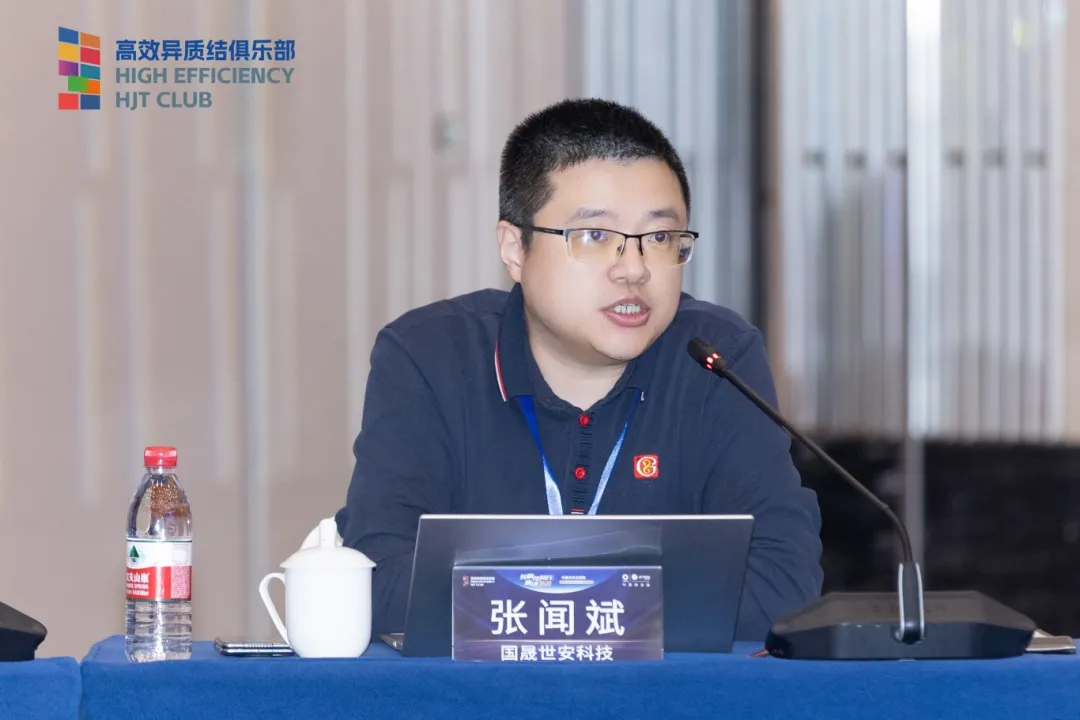
Unification for 0BB Pattern Design of HJT Cells
The design of the 0BB screen pattern mainly depends on the different welding process at the module end, resulting in a large diversity of 0BB screen patterns. Achieving a unified 0BB screen pattern requires aligned interconnection technologies, which remains difficult.
Li Pengkai, Vice President of Huasun, said 0BB screen pattern designs are currently order-driven. He suggested leveraging collaborative outsourcing between module and cell producers to explore optimal design solutions. He expressed that member companies can pool their financial and manufacturing strengths to integrate manufacturing and engineering capabilities in the future. They can take the order as a traction, connecting all resources to form a synergistic effect, and jointly promoting the scale application and market breakthrough of HJT technology.
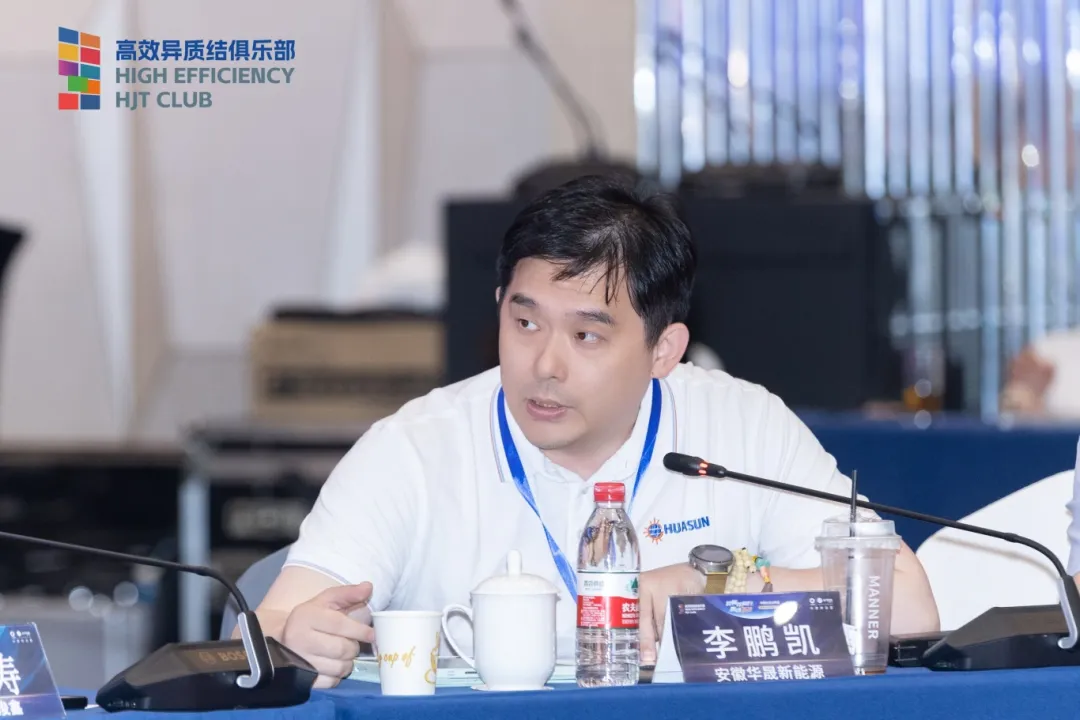
Unification for HJT test standards
Dr. Guo said that while HJT products show common advantages in end-use, differences remain across manufacturing processes. The production lines of cells and standards for controlling UV degradation, LID, LeTID, and acetic acid exposure vary across companies. He urged club members to improve process control mechanisms and move forward with standardized HJT manufacturing. Early HJT module power ratings lacked consistency, and he hopes the industry will converge toward a unified understanding of mass-production module power as testing protocols improve.
Lian Weifei, R&D Director at Zhejiang Winhitech New Energy, said the company’s next-gen light-conversion film significantly reduces UV degradation, keeping performance loss under 1.5%. In the future, the solution will be accelerated to get a scale application. He called for greater benchmarking and collaboration among companies to improve module power and overall product quality.
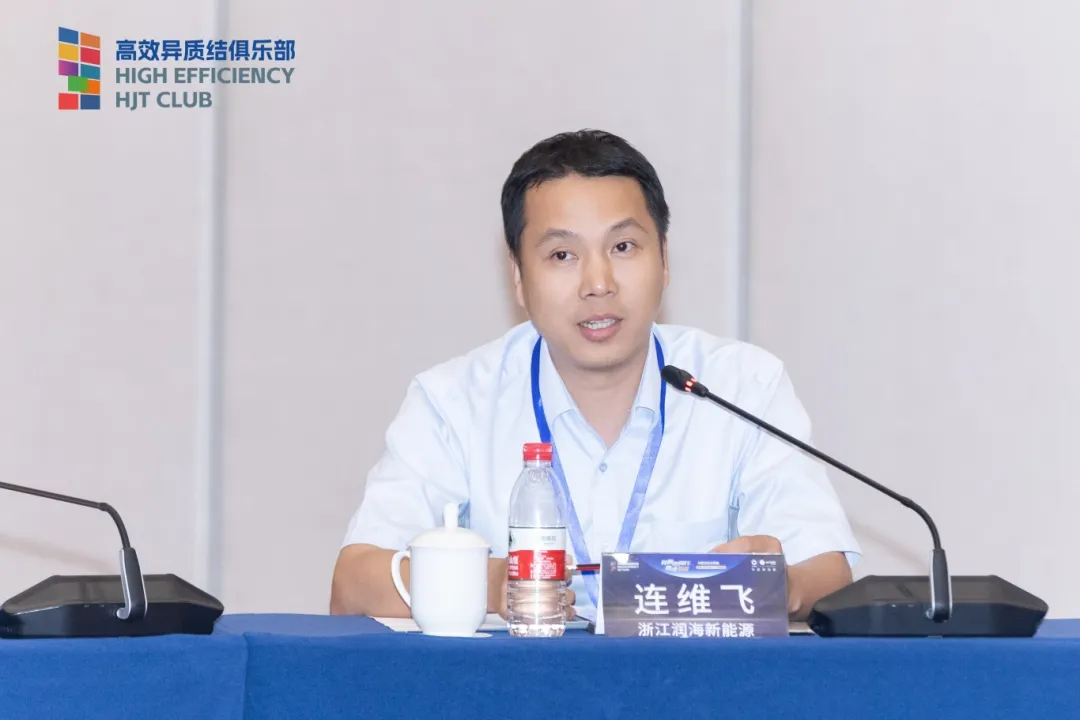
Hou Hongtao, Vice President of SoleFiori, said the company fully supports efforts to establish unified standards. He noted that the industry urgently needs cell-side standards to ensure product quality, protect brand value, and enable future large-scale deployment. Standardization is key to quality control, tech comparability, and market acceptance and is essential for promoting healthy HJT development.
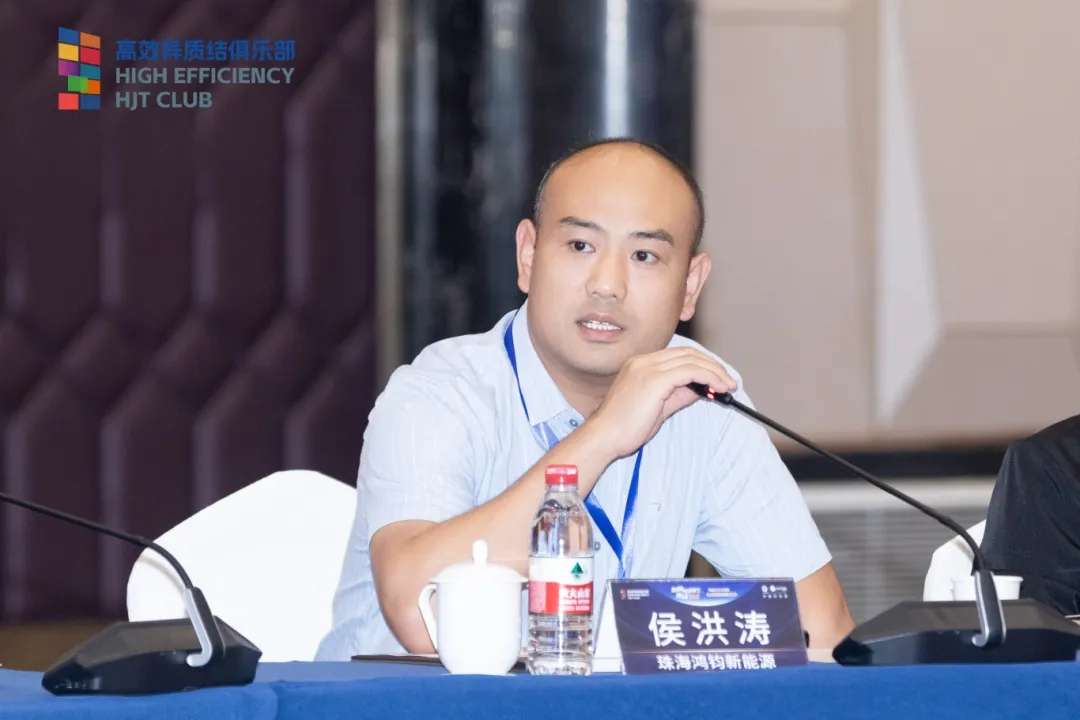
Wang Hailin closed the meeting by reaffirming the strategic role of the solar sector in China’s energy transition, though it faces the temporary predicament. High-efficiency, low-carbon, and sustainable technologies will dominate over the next three to five years. HJT must improve competitiveness through three dimensions: tech advancement, product reliability and extended services. He urged members of the Club to deepen cooperation and mutual trust—not only to manufacture quality products, but to tell an HJT story of China’s solar innovation.
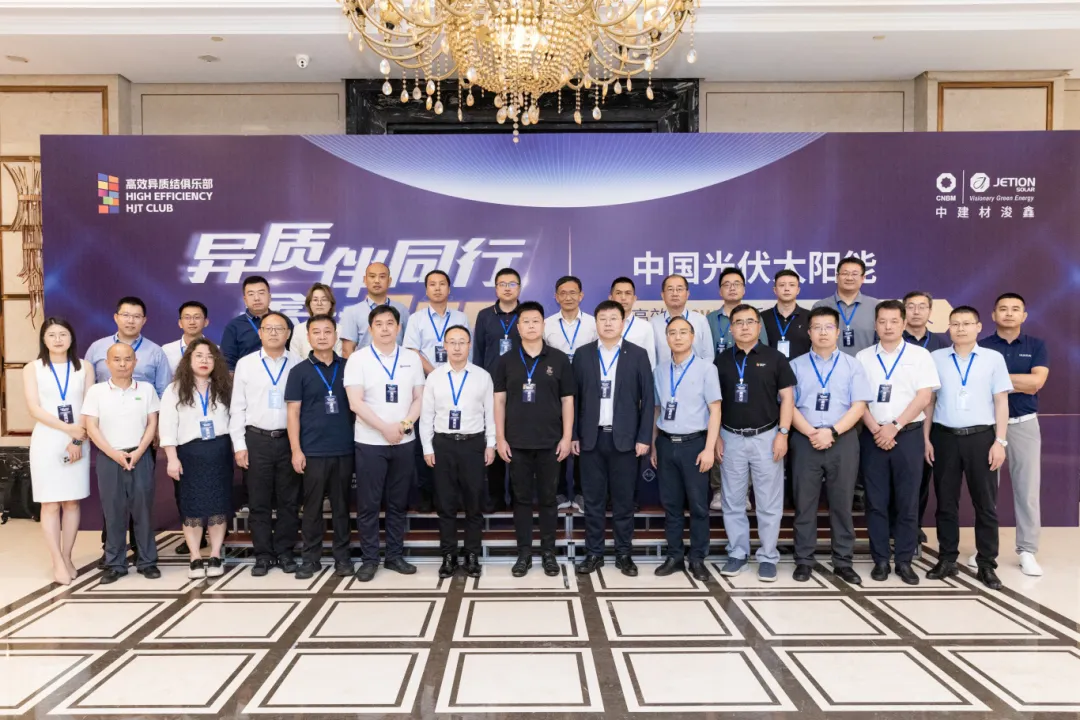
As the industry navigates a difficult period, Wang said the answer is not retreat but persistence—staying true to the mission, supporting each other, and working through the challenges. While technical breakthroughs matter, long-term progress hinges on shared success. “HJT Alliance in Motion” is not only a vote of confidence in the HJT technology but also a tribute to the unity and drive of China’s PV industry. The path forward will not be easy, but with shared belief and collective action, the dawn of the HJT era will arrive.








